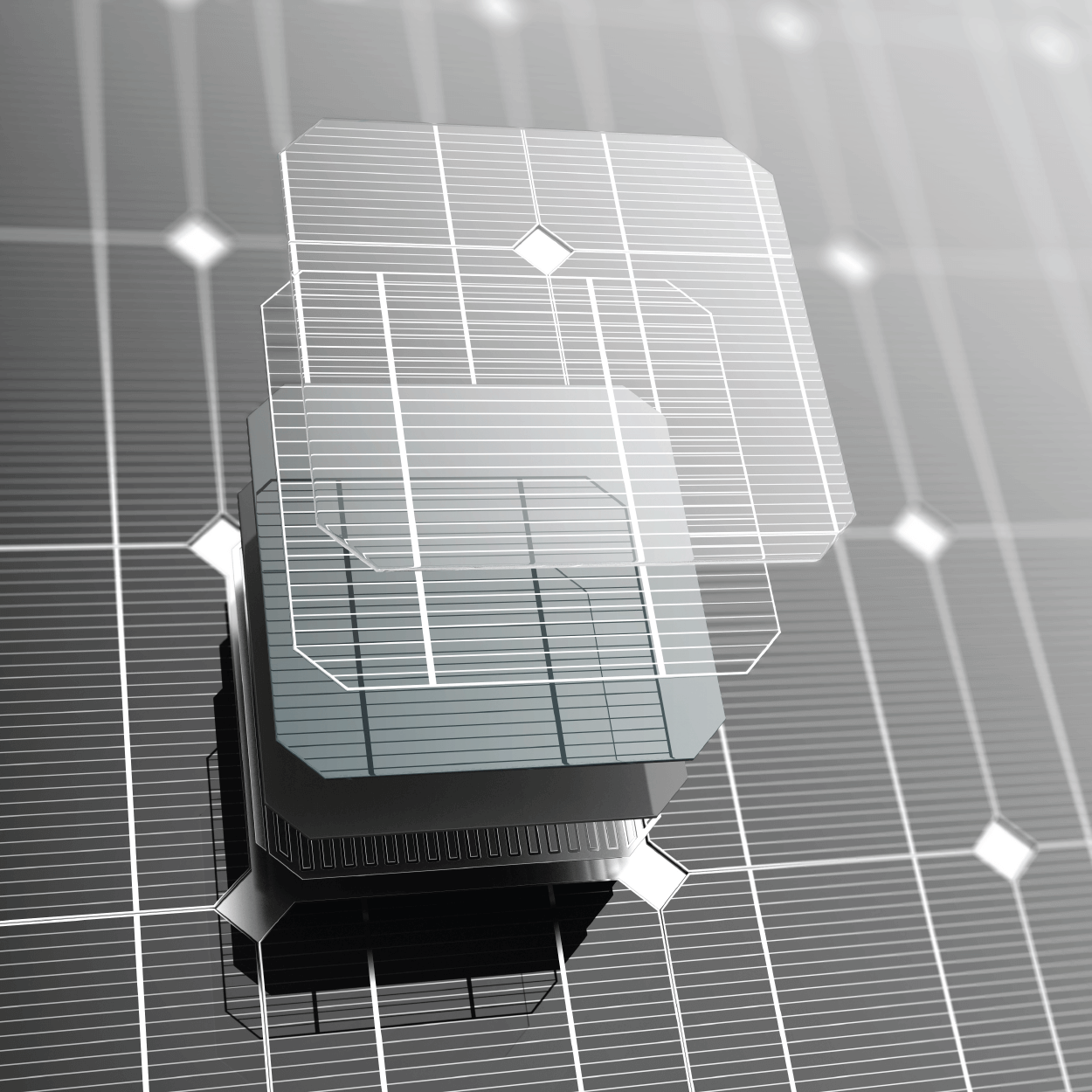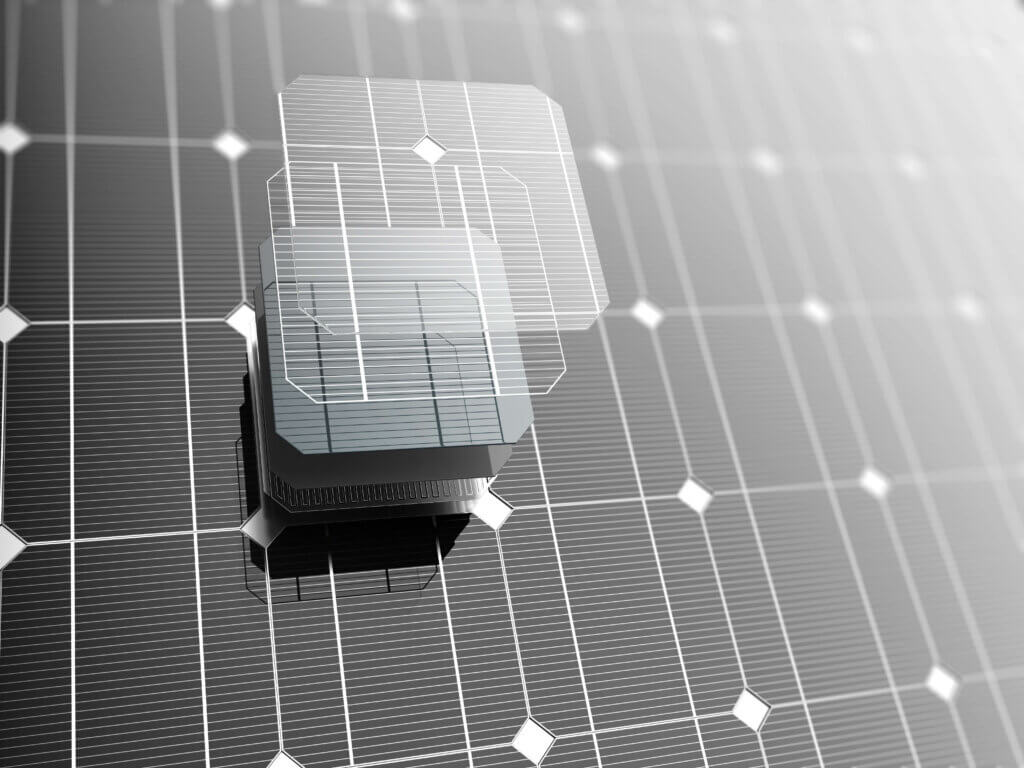Shining a Light on Solar History: When Were Solar Panels First Invented?

The journey of solar panels, from their conceptualization to the revolutionary technology we rely on now to generate electricity, has developed and expanded throughout centuries. To understand and appreciate the inception of solar panels, let’s dive deeper into the history and trace the evolution of how we currently harness solar energy.
The root of solar energy is traced back to when humans, in their curiosity, observed the power of the sun. However, the actual invention of solar panels happened in the last century with the invention of the silicon cell in 1950s.
The First Discovery
The groundwork for the invention of solar panels was made possible by Edmund Becquerel, a French scientist, who is widely recognized as the “father of solar energy” and who discovered the photovoltaic effect, which is the process of light directly converting to energy – through semi-conductive materials, which are joined together to transfer photons to electrons, allowing an electrical current to form.
In 1839, Becquerel found light could increase electricity generation when two electrodes interacted with a conducting solution when he was 19 years old. While experimenting in his father’s laboratory, he placed silver chloride in an acidic solution. He then exposed it to light, connecting it to platinum electrodes.
Becquerel was interested in more than photovoltaics, investigating effects and characters of solar radiation and electric light. He invented a phosphoroscope, which allowed the interval between exposures to light and the effects to be observed, varied, and measured. Later, he became the Chairman of Physics at the Conservatoire des Arts et Métiers in 1853.
Selenium Solar Cells
Decades later, in 1873, Willoughby Smith found selenium had photoconductive potential when an electrical current passed through a bar of crystalline selenium. He saw the resistance was less when the bar was exposed to light than when it was kept dark.
This enabled Cambridge professor William Grylls Adams and student Richard Evans Day’s 1876 discovery of selenium creating electricity when exposed to sunlight. Adams and Day submitted a paper titled The Action of Light on Selenium to The Royal Society of London in 1877, including accounts of several experiments from the previous year and a half.
Charles Fritts produced the first solar cells made from selenium wafer in 1883. And Fritts is another scientist who could be credited with the discovery of solar technology, because this was the first invention of solar cells, which directly convert light into energy.

Modern Solar Technology
Selenium cells were an important innovation in the journey of solar technology, but they were not the final iteration. Silicon was tested by Daryl Chapin, Calvin Fuller, and Gerald Pearson, and in 1954, the first practical silicon photovoltaic cell was created at Bell Labs. This marked a turning point in the history of solar panels and was the first-time technology could convert sunlight into electricity effectively and reliably. Silicon cells are still used today, and many solar experts argue this to be the true invention of PV technology. This was also the first solar technology that could power an electrical device for several hours, though energy was converted at only 6% efficiency.
Their discovery was enabled by Chapin’s assignment to test wind machines, thermoelectric gensets, and steam engines to be alternative forms of energy generators. He suggested solar cells in his investigation, and later brought on Pearson, another researcher at Bell. Fuller, a chemist, discovered how to better control the improvement of silicon’s conductivity, which initially inspired the switch from selenium. This breakthrough laid the groundwork for the subsequent development and refinement of solar technology.
Moving Forward
The 6% efficiency seen by Chapin, Fuller, and Pearson was only the beginning. In 1960, Hoffman Electric achieved 14% efficiency in PV cells.
The environmental movement gained momentum in the 1970s, where interest in renewable energy, including solar power increased. Local, state, and federal governments and researchers worldwide began investing in solar technology research, which resulted in advancements in photovoltaic technology and improved manufacturing processes.
The University of South Florida created a thin-film cell, which is an alternative to traditional crystalline silicon cells, with 15.89% efficiency in 1992, and it took another twenty years before another breakthrough.
The 21st century witnessed a solar revolution as advancements in materials, manufacturing techniques and efficiency propelled solar panels into mainstream energy solutions. 17.8% efficiency was achieved in 2012 by Solar Frontier, and from there, advancements happened much faster in ideal settings, though the technology isn’t widely available.
Today, solar panels come in various forms, ranging from traditional rooftop installations to solar farms or portable solar chargers. Ongoing research and development focus on pushing the limits – creating more efficient panels, exploring new materials, and finding innovative ways to adapt solar into our daily lives. In 2020, scientists at the National Renewable Energy Lab developed a cell with 47.1% efficiency when tested in ideal conditions, including the best angles and location, lower temperatures, and the best converting technology. While this cell was made differently than currently used solar cells, it predicts a bright future.

The Future of Energy, Today.
The journey of when solar panels were invented is historical, but it is also an ongoing story of innovation and sustainability. The evolution from the first invention of solar panels reflects the request for cleaner, more efficient energy sources – from scientists in the 19th century to the vast adoption and access of solar energy in the 21st century.
Currently, the average installed crystalline silicon PV panel efficiency is about 23%. This rate allows solar owners to save thousands of dollars on their electricity bills. From the photovoltaic effect to the development of solar cells at Bell Labs, each chapter has contributed to solar revolution we live, today. As we look to the future, advancements in solar technology are around every corner, and Blue Raven Solar is proud to be leading homeowners to clean energy.



Sorry, the comment form is closed at this time.